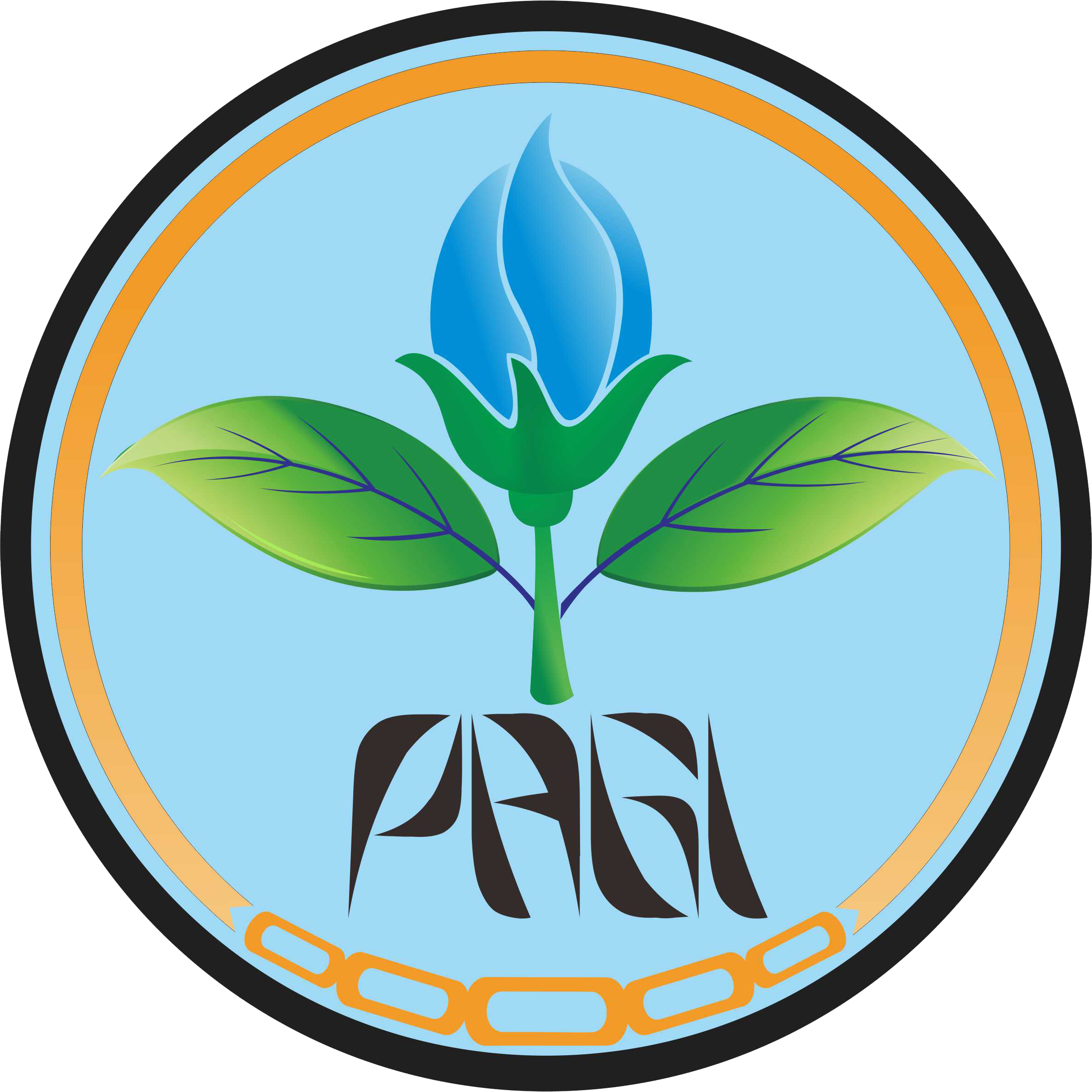Pola Perkembangan Penyakit Bercak Bakteri (Xanthomonas campestris pv. vesicatoria) dan Penetapan Prediktor Waktu untuk Menduga Kehilangan Hasil Tomat
Abstract
Keywords
Full Text:
PDF(ID)References
Abrahamian P, Sharma A, Jones JB, Vallad GE. 2021. Dynamics and spread of bacterial spot epidemics in tomato transplants grown for field production. Plant Dis. 105(3):566–575. https://doi.org/10.1094/PDIS-05-20-0945-RE.
Adhikari P, Adhikari TB, Louws FJ, Panthee DR. 2020. Advances and challenges in bacterial spot resistance breeding in tomato (Solanum lycopersicum L.). Int J Mol Sci. 21(5):1734. https://doi.org/10.3390/ijms21051734.
Ahmad I, Ahmad M. 2022. Bacterial spot caused by Xanthomonas vesicatoria devastated tomato production of Khyber Pakhtunkhwa-Pakistan. Int J Phytopathol. 11(1):77–95. https://doi.org/10.33687/phytopath.011.01.4071.
Akila AH, Ali MAS, Khairy AM, Elnahal ASM, Alfassam HE, Rudayni HA, Jaber FA, Tohamy MRA. 2024. Biological control of tomato bacterial leaf spots and its Impact on some antioxidant enzymes, phenolic compounds, and pigment content. Biology (Basel). 13(6):369. https://doi.org/10.3390/biology13060369.
Alves KS, Del Ponte EM. 2021. Analysis and simulation of plant disease progress curves in R: introducing the epifitter package. Phytopathol Res. 3(1):22. https://doi.org/10.1186/s42483-021-00098-7.
Bock CH, Chiang KS, Del Ponte EM. 2022. Plant disease severity estimated visually: a century of research, best practices, and opportunities for improving methods and practices to maximize accuracy. Trop Plant Pathol. 47(1):25–42. https://doi.org/10.1007/s40858-021-00439-z.
[BPS] Badan Pusat Statistik. 2023. Produksi tanaman sayuran, 2021-2023. Jakarta (ID): Badan Pusat Statistik (BPS). [diakses 2023 Mei 20]. https://www.bps.go.id/id/statistics-table/2/NjEjMg==/produksi-tanaman-sayuran.html.
Campbell CL, Madden L V. 1990. Introduction to plant disease epidemiology. New York (US): Jhon Wiley and Sons.
Mahapatra S, Das S. 2016. Linear regression model for assessing the yield loss of mustard due to Alternaria leaf blight disease. Indian Phytopathol. 69(1):57–60.
Neher DA, Campbell CL. 1992. Underestimation of disease progress rates with the logistic, monomolecular, and gompertz models when maximum disease intensity is Less than 100 percent. Phytopathology. 82(8):811–814.
Nurhayati. 2011. Epidemiologi penyakit tumbuhan. Palembang (ID): Universitas Sriwijaya Press.
Oliver R, editor. 2024. Agrios’ plant pathology. 6th ed. Cambridge (US): Elsevier Academic Press.
Osdaghi E, Jones JB, Sharma A, Goss EM, Abrahamian P, Newberry EA, Potnis N, Carvalho R, Choudhary M, Paret ML, et al. 2021. A centenary for bacterial spot of tomato and pepper. Mol Plant Pathol. 22(12):1500–1519. https://doi.org/10.1111/mpp.13125.
Osdaghi E, van der Wolf JM, Abachi H, Li X, De Boer SH, Ishimaru CA. 2022. Bacterial ring rot of potato caused by Clavibacter sepedonicus : A successful example of defeating the enemy under international regulations. Mol Plant Pathol. 23(7):911–932. https://doi.org/10.1111/mpp.13191.
Priller JPR, Reid S, Konein P, Dietrich P, Sonnewald S. 2016. The Xanthomonas campestris pv. vesicatoria Type-3 effector XopB inhibits plant defence responses by interfering with ROS production. Davis KR, editor. PLoS One. 11(7):e0159107. https://doi.org/10.1371/journal.pone.0159107.
Santoso E. 1998. Reaksi beberapa varietas tomat terhadap serangan bakteri Xanthomonas campestris pv. vesicatoria . Padang (ID): Universitas Andalas.
Schuh M, Johnson A, Grabowski M, Orshinsky A. 2021. Bacterial spot of tomato and pepper. Univ Minnesota Ext. [diakses 2024 Mar 24]. https://extension.umn.edu/disease-management/bacterial-spot-tomato-and-pepper#monitoring-for-bacterial-spot-3031210.
Shi T, Liu Y, Zheng X, Hu K, Huang Hao, Liu H, Huang Hongxu. 2023. Recent advances in plant disease severity assessment using convolutional neural networks. Sci Rep. 13(1):2336. https://doi.org/10.1038/s41598-023-29230-7.
Somashetty S, Srinivasulu S, Keshavamurhty K, Akbarbasha R, Krishnamurthy S, Chowdappa S, Konappa NM. 2023. A comprehensive review on recent advances in the research on bacterial leaf spot in tomato caused by Xanthomonas species. Plant Arch. 23(2):468–490. https://doi.org/10.51470/plantarchives.2023.v23.no2.077.
Soto-Caro A, Vallad GE, Xavier K V., Abrahamian P, Wu F, Guan Z. 2023. Managing bacterial spot of tomato: Do chemical controls pay Off? Agronomy. 13(4):972. https://doi.org/10.3390/agronomy13040972.
Yanti Y, Hamid H. 2020. Kompendium hama dan penyakit tanaman tomat. Sidoarjo (ID): Indomedia Pustaka.Refbacks
- There are currently no refbacks.






